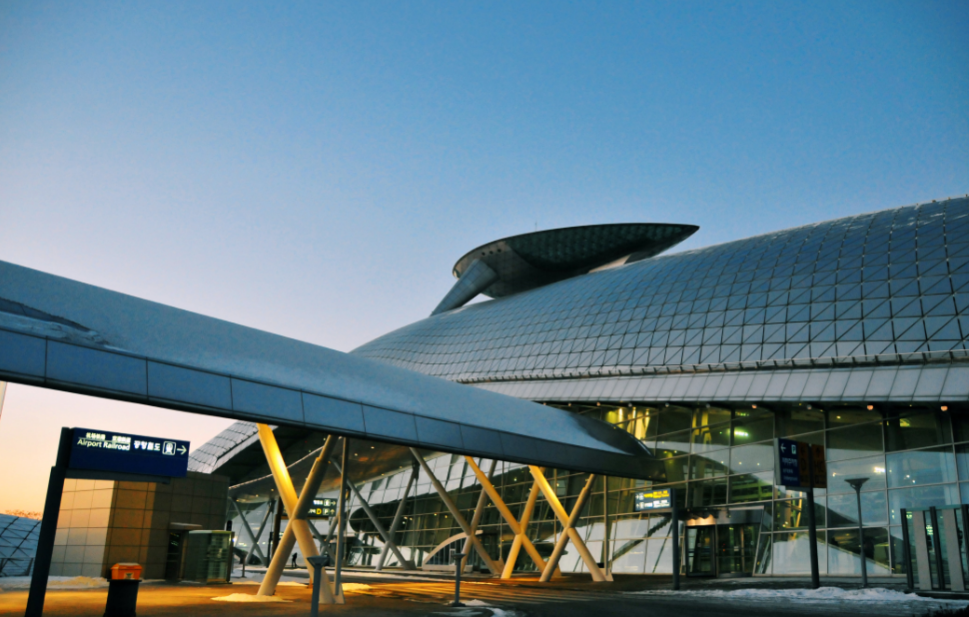Honeywell has announced it will upgrade airfield lighting control and monitoring systems at Incheon International Airport (ICN) as the fourth phase of an ongoing improvement project. The upgrades will help enhance passenger service and streamline airport operations, while simultaneously enabling safer, faster travel. The work is underway and expected to be completed by October 2022.
Recent construction of the airport’s fourth runway and expansion of its northern remote apron have increased flight capacity per hour from 90 to 107 flights, and the opening of Terminal 2 has allowed ICN to accommodate 18 million passengers and 50 million tons of cargo per year. In parallel, increased air traffic has created demand for a new guidance system – one that allows pilots to easily navigate ICN’s complex runways, taxiways and other airfield surfaces.
To help address these challenges, Honeywell is installing its Airfield Ground Lighting Control and Monitoring System (AGLCMS) and Advanced Surface Movement Guidance and Control System (A-SMGCS) technologies to promote safer navigation through enhanced controllability under most traffic or visibility conditions, while enhancing overall operational efficiency.
“With more than 380,000 flights managed yearly, Incheon International Airport is one of the highest-trafficked gateways to Southeast Asia,” said Chang-Jun Lee, director, Aeronautical Ground Light Team, Incheon International Airport. “Under high-traffic conditions, reliable guidance systems such as those installed by Honeywell are critical to the pilots maneuvering around our congested airfield and taxiways. Put simply, this technology helps keep operations running smooth and helps make sure people are safe.”
Advanced Surface Movement Guidance and Control System
Honeywell A-SMGCS is a modular system serving different functions to help aircraft navigate safe routes. The new system designates a route for each aircraft or vehicle within the airfield’s movement area based on information from other airport systems, helping to effectively address ICN’s high-traffic conditions.
While the system works to assign the most efficient route, manual intervention is always possible when needed. A-SMGCS also helps to provide clear instruction to pilots and vehicle operators, allowing them to easily follow assigned routes – indicating which areas are restricted or unavailable for use.
ICN is among the first airports to adopt ‘follow the greens’ – an intelligent guidance procedure functioning alongside A-SMGCS technology – to help improve capacity and safety. These systems use taxiway lighting to efficiently direct crews and aircrafts, only activating segments of taxiway lighting that are needed, leaving others switched off. This protocol helps improve the safety of runway traffic by distributing aircrafts more evenly across taxiways and addressing potential conflicts sooner rather than later. This work is expected to be completed in April 2020.
“Our goal is to help Incheon deliver safer, faster travel for passengers while simplifying complex tasks for those in control,” said Sonja Strand, vice president and general manager, Honeywell Global Airports. “The Incheon team takes a proactive effort to see that its infrastructure can keep up with air traffic flight capacity. Over the past 23 years, we’ve helped the Incheon team improve its operations and experiences to be one of Southeast Asia’s most critical travel hubs.”
Incheon International Airport serves as a flagship project in Honeywell’s Iconic Buildings campaign, highlighting the airport’s efforts in air safety and optimizing operations. The campaign features some of the world’s most symbolic and widely-recognized buildings that use Honeywell technologies to perform critical day-to-day functions.

